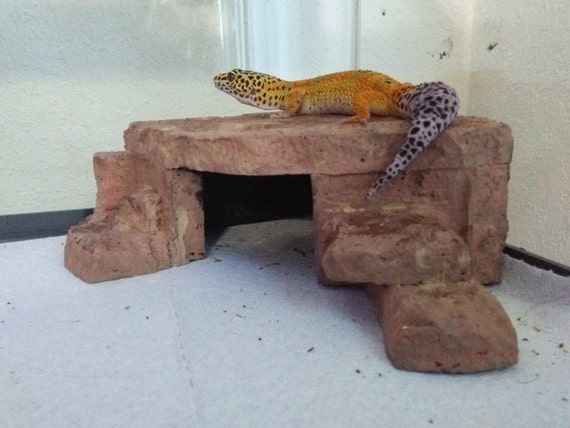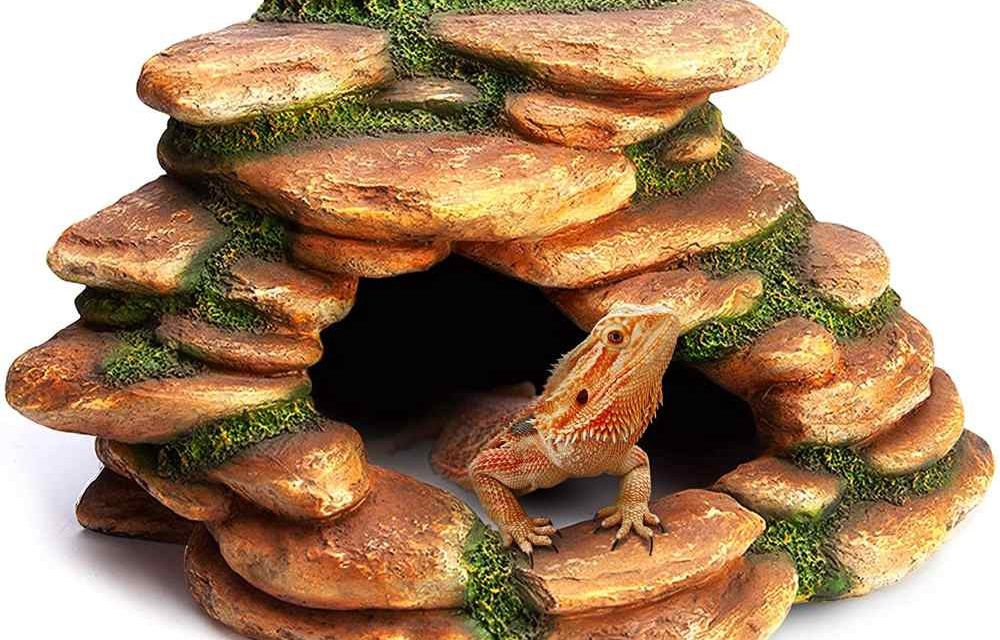

They also like a variety of vegetables such as Asian greens, endive, dandelion and squash, just to name a few. Feed them a variety of insects such as moths, crickets, cockroaches, beetles, spiders and organ meats like chicken heart or liver, many of which can be found at your local Petbarn store. Insects should be “gut loaded”. However they gradually become more herbivorous as they age. You can then apply for your licence online or call the provided number. For example, in NSW, the ‘Code of Practice for the Private Keeping of Reptiles’ keeps you up to date with the rules and regulations relevant to your new pet. This varies from state to state, so find the relevant information on your government website. In order to legally house a bearded dragon, you must register with your local government by applying for a ‘Companion Animal Keeper Licence’. Talk to your local Petbarn team member about what heating and lighting elements your tank will need.Īll Australian reptiles are protected in Australia. If they’re in their enclosure and not exposed to the sun, your tank will need to provide a replacement so your pet can synthesise, produce crucial vitamins and stay healthy. Like all reptiles, your bearded dragon will rely on external sources to regulate their temperature. This means they have a ‘hot end’ (35-40☌) and a ‘cool end’ (25-28☌). Make sure that the temperature of their enclosure is a thermo-regulated gradient. The most important thing when setting up your bearded dragon’s enclosure is that they have an incandescent UV light that provides UVB light, though remember that there is no substitute for natural unfiltered sunlight. Recycled paper can also be used.īe sure to include plenty of branches and rocks for your lizard to climb on and make sure they have a secluded spot where they can cool down or hide. Line the enclosure with bedding such as soil, sand or a mix of bothto create the basis for your lizard’s new home. Visit your local Petbarn where a trained team member will be happy to recommend the right housing for your dragon. Growing between 40 and 60cm in length (including the tail), the recommended size for a bearded dragon’s enclosure is at least 100cm long x 50cm wide x 60cm high.

Their enclosure should be escape and predator proof, with access to shade to prevent overheating. As long as they are provided with a warm, dark space to retreat into they will be happy.įeed your pet a nutrient-filled diet and take them into the sunlight for 20–30 minutes at least 2–3 times per week.

Your pet will be less active, sleep more and eat less. Like hibernation, colder weather will make them dormant for weeks or even months. Their habitat will need to be monitored to give them specific exposure to heat and light, but some pets will still go into brumation. Check their eyes and nostrils are clear and not runny, and that there are no external injuries. A healthy dragon will not be lethargic and will keep their head up, especially when you approach them. Make sure your dragon is healthy before you bring them home. Home – At least 100cm x 50cm x 60cm enclosure Care and maintenance While your bearded dragon may prove to be quite the character, when it comes to their care and maintenance, it isn’t too difficult to ensure they are healthy and always there to give you that little wave.ĭiet – Veggies, insects, meat, pellets and fruit as treats


 0 kommentar(er)
0 kommentar(er)
